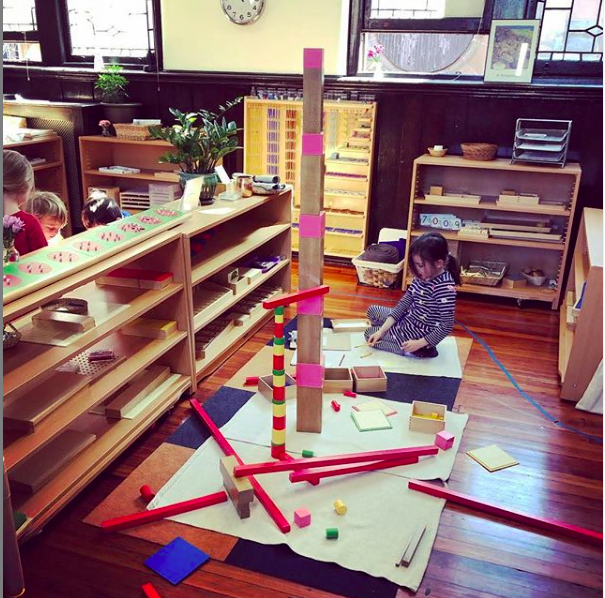 Summer is officially marked by kids returning to school and many parents are once again faced with difficult choices relating to childcare. Affordable high quality child care is an issue not only for working parents but for employers of all sectors needing to fill its workforce needs and regions wanting to promote economic development in their communities.
Summer is officially marked by kids returning to school and many parents are once again faced with difficult choices relating to childcare. Affordable high quality child care is an issue not only for working parents but for employers of all sectors needing to fill its workforce needs and regions wanting to promote economic development in their communities.
While it is easy to demonstrate the correlation between the ability of workers to access affordable high quality child care for their children and a qualified productive workforce, there is no straight line through the patchwork of subsidies, credits, facilities and support programs. There are models out there of employers, like Patagonia, the Department of Defense and many hospitals who have come to recognize that providing on-site child care assistance is essential to attract and retain high-performing employees and the cost provides significant payback in increased morale, productivity and the bottom line. Furthermore, the ability of companies to attract and retain workers can ultimately impact local economic development as these businesses contemplate location, facility and expansion plans.
Some county and local governments are also exploring the role that they can play in meeting childcare needs for their employees. Often, a local residency requirement and lack of childcare affordability contribute to high staff turnover, difficulty in recruitment younger employees, and increased costs associated with training new staff.
A helpful first step to better understand the options available is to develop a feasibility study for developing a child care facility for employees. It is important to determine the assets already available such as facilities that can be retrofitted and staff that can subsidize overhead and management costs.
Elements of a childcare feasibility study should include:
- Employee and local employer survey;
- A review of the availability and costs of child care in the area;
- Analysis of those facilities, their fees and correlation with local salaries;
- A curriculum based outline of programmatic needs and opportunities;
- Architectural analysis and concept plan and cost estimate for a proposed space; and
- A review of the state guidelines that govern the buildings and operations of child care facilities and the licensing process.
Parents, employers, workforce development boards, local and regional economic development agencies, state and federal governments all agree that affordable high quality childcare is a critical issue to resolve and redoubled interest and resources are being devoted to the effort at every level. In the meantime, parents continue to muddle through – hoping to find an after school program with late pick up hours and camp for next summer.


